-
Title (Dublin Core)
-
Harbor defense
-
Article Title and/or Image Caption (Dublin Core)
-
Title: Harbor defense
-
extracted text (Extract Text)
-
EVERY 20 seconds, in the plotting
room of a 12-inch gun battery at
Fort Hancock, the harbor-defense area
of the U.S. Coast Artillery on Sandy
Hook, N.J., a bell rings three times. It
speaks with the small, sweet voice of
destruction, for on the inst tinkle of the
bel in one of those 20-second intervals,
a 1,000-pound armor-plercing shell
leaves a gun and hurtles toward its
target some 20 miles at sea. In time of
war, with our shores threatened, that
target would be an enemy capital ship.
For the officers and men In the plot-
ting room, each 20 seconds between
ringing of the bell is packed with an
astonishing amount of calculation and
correction, and except for their intense,
efficient work the big slim-snouted shells
might just as well remain buried in
thelr wall-guarded caverns deep in the
earth. Accurate fire by a seaconst bat-
tery at a moving target far at sea is one
of the most dificult jobs imaginable,
‘et it 1s only one of the manifold duties
Of the Const Artillery In defending the
20 harbor-defense areas, with their n-
dustrial cities and naval bases, which
stretch from Portland, Me., to Puget
Sound.
Its other phases comprise antiaircraft
units with their fixed and mobile guns,
searchlight batteries and sound loca.
tors; rallway guns, almost as powerful
as emplaced cannons; mine fields with
thelr own protective units of search-
lights and secondary armament; beach
defenses, with thelr automatic weapons
and barbed-wire barricades; and, very
recently, barrage balloons, to force
enemy planes to fly high above vital
industrial areas and to establish a silent
paychological hazard for enemy airmen
in night attacks. The U.S. Coast Artillery,
taking it all in all, is quite a hefty guy.
Range finding and firing of any of the
seacoast batteries or railway guns, starting
with the 16-inch guns and descending in
size to the 155-mm. tractor-drawn weapons,
follows a similar pattern. A description of
the method used at a 12-inch battery at Fort
Hancock will serve for them all.
First of the factors entering into the tre-
mendously complicated business of range
finding are observers who are stationed at
either end of a base line, the length and
direction of which is known. In this partic-
ular instance the observation towers, one on
each side of the battery, are some eight
miles apart. The observers are equipped
with oriented azimuth telescopes which
sight on the target and give azimuth read-
ings. Azimuth is simply the horizontal an-
gle, measured in a clockwise direction from
a line parallel to the true south line.
Now let us assume that we are in the
plotting room, with the bell tinkling three
times every 20 seconds. In this room is a
plotting board, a deflection board, a range
percentage corrector, and a wind-component
indicator, with operators stationed at each.
Reports from the base end stations on
the movement of the target keep pouring
into the plotting room each 15 seconds. The
large, crescent-shaped plotting board has
two arms, each arm corresponding to one of
the observation stations. Men called the
arm-setters move the arms on the board to
the azimuth readings that come in from
the observers. The point of intersection of
the arms on the board represents the posi-
tion of the target at the time the last report
came in. By knowing the length of the base
line and the base angles, the position of the
target when observed is obtained by a me-
chanical solution of a triangle.
This is just one step. At a meteorological
station at the fort, small balloons have been
sent up several thousand feet to determine
the strength and direction of the upper
wind currents. This information is essential
because of the great arc in which a shell
from a big gun travels. The strength and
direction of the surface wind also have been
recorded as well as the atmospheric density.
All these reports enter into the range
computations, by the men at the range-cor-
rection board and the deflection board. The
correction-board operator must take into
account the atmospheric density, height of
the tide, temperature, weight and muzzle
velocity of the projectile, the time of its
flight, and the rotation of the earth. The
deflection-board operators make corrections
to account for the windage and also for the
drift of the projectile, meaning its tendency
to curve by means of the twist given to it by
the rifling of the gun, somewhat as a base-
ball curves by reason of its spin when it
leaves the pitcher's hand.
Obviously the windage is a vital consider-
ation. The wind, for example, might be
blowing 15 miles an hour southeast on the
surface, and in the upper air might be 20
miles southwest. Such differences are solved
on the wind-component indicator. All these
computations are resolved into distance and
direction of the target.
The meteorological conditions, the height
of the tide, the muzzle velocity, weight and
drift of the projectile, and the rotation of the
earth do not, of course, change every 20 sec-
onds, but the azimuth readings on the speed
and direction do, and thus all the factors
must enter into the computations that are
made in the 20-second intervals. The last
problem is to calculate the probable spot
where the target and a shell will coincide.
This is the reason why the bell is set to ring
every 20 seconds, rather than at a longer
interval. In 20 seconds a ship has not much
chance to change speed or direction. To a
layman, wandering, mouth agape about the
plotting room of a 12-inch gun battery at
Fort Hancock, it seems impossible that a
hit ever should be made, Yet at the last
practice firing three hits out of five tries
were scored, which is very good going.
Coastal fortifications consist of batteries
of primary or secondary armament. Pri-
mary armament is that of cannon of 12-
inch caliber or more and is for use against
capital ships. Secondary armament is of
less than 12-inch caliber and is for use
against light vessels, or to damage the su-
perstructure of capital ships.
The caliber of the primary armament de-
pends on the particular characteristics of
the area to be protected. Sixteen-inch guns
are usually placed at considerable distances
apart to cover large areas of sea With their
range of about 28 miles, while the 12-inch
barbette-mounted guns are clustered closer
together. A barbette gun is one which is
mounted on a carriage which does not move
with the recoil, as contrasted with a disap-
pearing carriage which moves with the re-
coil to guide a gun back below a parapet.
Guns of disappearing-carriage mounts have
less range than barbette guns.
Besides the big rifles, the types of cannon
included in the seacoast artillery include
howitzers and mortars. Mortars are in-
tended to lob shells so that they penetrate
the deck armor of ships, a duty which is
now also being assumed by bombing planes.
Howitzers are sort of a cross between a
rifle and a mortar—that is, they deliver a
curved fire with shells of lower muzzle ve-
locities than rifles.
The following is a list of seacoast and
railway guns used by Coast Artillery. The
ranges and weights of projectiles given are
necessarily approximate, because of the
essential restrictions imposed by the de-
fense program, and the data have been ob-
tained from sources dated prior to 1938.
(‘B' denotes barbette: ‘D.C.’ disappearing
carriage.)
Weight of Approximate
Canon; Projectile Range
16" (B) 2,300 Lbs. 49,000 Yds.
16” howitzer (B) 2100 24,000
14” (D.C.) 1,500 24,000
14” railway 1,500 40,000
12° (B) & (D.C) 1,000 18,000
12" (B) 1000 28,000
12” railway 1,000 28,000
12 mortar 1,000 13,000
(fixed & railway)
10" (D.C) 600 14,000
8" (D.C) 250 12,000
8" (B) 250 23,000
8 railway 200 21,000
6" (D.C) 100 14,000
6" (B) 100 16,000
3" (B) 15 11,000
155-mm 100 17,000
(tractor-drawn)
In taking over antiaircraft de-
fense the Coast Artillery has bit-
ten off another tremendous job,
which involves searchlight bat-
teries, sound locators, and fixed
and mobile weapons. Antiaircratt
searchlights are of 800 million can-
diepower and under good atmos-
pheric conditions can illuminate a
plane at an altitude of almost three
miles. They are 13 times brighter
than the lights used for horizontal
work in sweeping the sea at night
and in protecting the controlled
mine fields. These latter search-
lights are of 60 million candle-
power. Some of them are raised
above land obstructions and can be
lowered close to the ground when
not in use, as a means of conceal
ment from enemy planes and sur-
face observers.
‘The new antiaircraft sound loca-
tors used by the Coast Artillery
consist. of three huge bell-shaped
cars rather than four, as in the old
models. The ears are arranged in
the form of a triangle and the mid-
dle ear Is common to the other
two; that is, it Is used in calculat-
ing both elevation of a plane and
its direction. It takes three men to
operate one of these detectors, one
man to follow the elevation, one
the direction of an approaching
plane, and the third to make the
readings which are transmitted in
turn to the searchlight batteries
and the guns. Under ideal condi-
tions the sound locators can pick
up a plane 18 to 20 miles away.
One sound locator, five search-
lights, and one fixed antiaircratt
gun comprise the usual grouping
of a small antiaircraft unit. Tn
normal circumstances of defense,
listening stations would be set up
at the farthest possible point to-
ward the enemy. The searchlights
would be grouped some distance be-
hind the listening stations and the
antiaircraft guns would be em-
placed at least a mile behind the
searchlights.
The standard fixed antiaircraft
weapons consist of the 105-mm.
gun which throws a 30-pound pro-
Jectile to an approximate height of
more than six miles, and the fixed
three-inch gun which throws a
shell of about 15 pounds to an ap-
‘proximate height of more than ive
miles.
The three-inch mobile antiair-
craft gun of the same firing power as the
fixed gun is now being supplemented by the
90-mm. gun, the shells of which have time
fuses set to burst among a group of invad-
ing planes. These guns hurl a 20-pound
shell more than six miles in the air. Such is
the explosive power of the projectiles that
it is not necessary to make a direct hit
in order to destroy a plane. In one
minute a battery of four of these guns
can fire 100 aimed shots. Each gun has
a director or mechanical brain which
automatically computes the range and
transmits it electrically to dials.
Other antiaircraft weapons are the
37-mm. automatic gun which has a
vertical range of about two miles; the
50 caliber machine gun with a vertical
range of almost three miles and a rate
of fire of 500 a minute; and the .30
caliber machine gun with a vertical range
of more than two miles. One of the new anti-
aircraft weapons, now under development,
is the American-built Bofors 40-mm. gun.
Its performance is an Army secret, but it is
designed to furnish protection against low-
flying aircraft.
-
Contributor (Dublin Core)
-
John Watson (article writer)
-
Language (Dublin Core)
-
Eng
-
Date Issued (Dublin Core)
-
1941-11
-
pages (Bibliographic Ontology)
-
90-98
-
Rights (Dublin Core)
-
Public domain
-
Archived by (Dublin Core)
-
Sami Akbiyik
 Popular Science Monthly, v. 139, n. 5, 1941
Popular Science Monthly, v. 139, n. 5, 1941
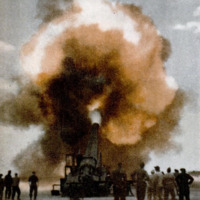 Screenshot_1.png
Screenshot_1.png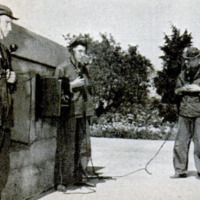 Screenshot_2.png
Screenshot_2.png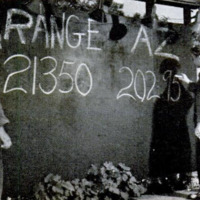 Screenshot_3.png
Screenshot_3.png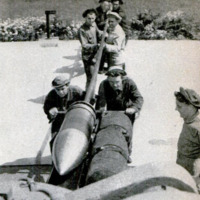 Screenshot_4.png
Screenshot_4.png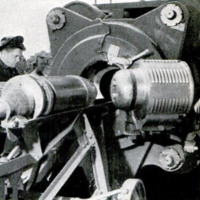 Screenshot_5.png
Screenshot_5.png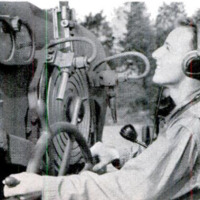 Screenshot_6.png
Screenshot_6.png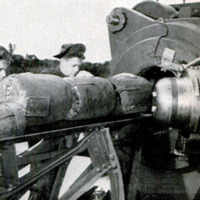 Screenshot_7.png
Screenshot_7.png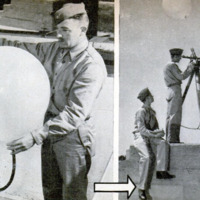 Screenshot_8.png
Screenshot_8.png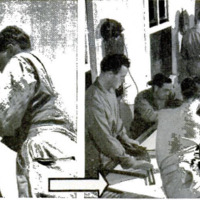 Screenshot_9.png
Screenshot_9.png Screenshot_10.png
Screenshot_10.png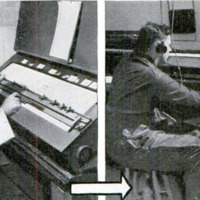 Screenshot_11.png
Screenshot_11.png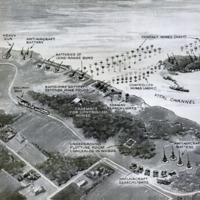 Screenshot_12.png
Screenshot_12.png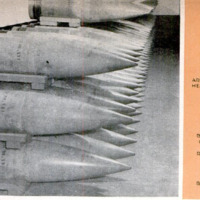 Screenshot_13.png
Screenshot_13.png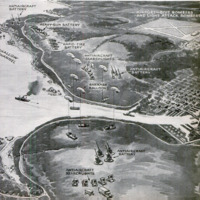 Screenshot_14.png
Screenshot_14.png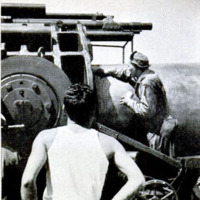 Screenshot_15.png
Screenshot_15.png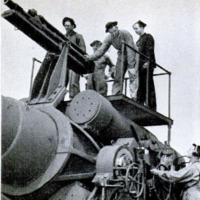 Screenshot_16.png
Screenshot_16.png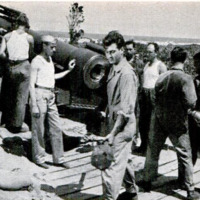 Screenshot_17.png
Screenshot_17.png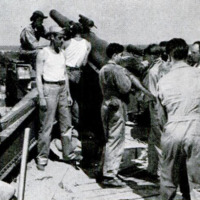 Screenshot_18.png
Screenshot_18.png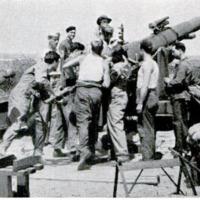 Screenshot_19.png
Screenshot_19.png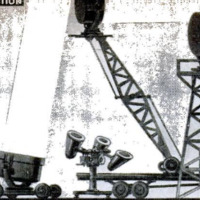 Screenshot_20.png
Screenshot_20.png Screenshot_21.png
Screenshot_21.png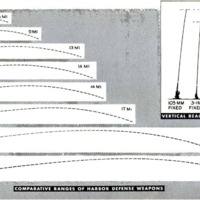 Screenshot_22.png
Screenshot_22.png





















